Are Graphene Micro-Supercapacitors An EV Gamechanger?

Energy density isn’t the only reason why battery-powered cars have never caught on. As was highlighted in Tesla’s somewhat less than successful media road trip, the amount of time it takes to fill batteries with electrons can be as significant a factor in the practicality of EVs as the amount of electrons those batteries can hold.
That’s one of the reasons why high power capacitors, also known as supercapacitors or ultracapacitors, have held promise – caps can charge and discharge very quickly. That promise, though, has been held back by the old bugaboo of energy density. Capacitors unfortunately have limited capacity. Researchers at UCLA who had previously announced the almost accidental discovery of a simple and inexpensive method of creating graphene sheets, which have ideal properties for fabricating ultracapacitors, have now published the results of their further research, demonstrating a scalable process for fabricating flexible graphene micro-supercapacitors that have some of the highest energy densities achieved yet for such capacitors.
The team, led by Richard Kaner, is developing the devices out of one of those fortuitous discoveries that expands the frontiers of science, like penicillin or nylon. Maher El-Kady, of Kaner’s lab, had invented an elegantly simple and inexpensive method of making graphene, a single atom thick sheet of carbon atoms arranged in that hexagonal latice that C loves so well. He poured out a layer of graphite oxide solution on a plastic substrate and then exposed it to laser light. The process wasn’t the most clever thing about El-Kaner’s discovery, it was the equipment that he used. El-Kaner’s substrates were DVDs and he used a standard consumer grade LightScribe DVD burner for the laser. Refining the process, the team has now figured out a way to embed electrodes into the graphene, which is formulated over a flexible film, and they claim energy density comparable to current thin-film lithium ion batteries.
Often “scalable” means scaling up, but Kaner and El-Kady discovered that scaling down has advantanges. Miniaturizing the devices enhances charge storage capacity and charge/discharge rate and it also allowed them to produce more than 100 micro-supercapacitors on a single disc in 30 min or less. The flexible substrate allows for packaging options and the size means that they can be mounted on the back of solar cells or other chips.
As is always the case with potential energy gamechangers, the research team is looking for partners to produce their invention in industrial quantities. While the initial applications will likely not be for transportation, any development concerning electrical storage that combines enhanced energy density, faster charge/discharge rates, and lightweight miniaturization is bound to attract attention from the EV crowd.
Ronnie Schreiber edits Cars In Depth, a realistic perspective on cars & car culture and the original 3D car site. If you found this post worthwhile, you can dig deeper at Cars In Depth. If the 3D thing freaks you out, don’t worry, all the photo and video players in use at the site have mono options. Thanks for reading – RJS

Ronnie Schreiber edits Cars In Depth, the original 3D car site.
More by Ronnie Schreiber
Latest Car Reviews
Read moreLatest Product Reviews
Read moreRecent Comments
- Probert They already have hybrids, but these won't ever be them as they are built on the modular E-GMP skateboard.
- Justin You guys still looking for that sportbak? I just saw one on the Facebook marketplace in Arizona
- 28-Cars-Later I cannot remember what happens now, but there are whiteblocks in this period which develop a "tick" like sound which indicates they are toast (maybe head gasket?). Ten or so years ago I looked at an '03 or '04 S60 (I forget why) and I brought my Volvo indy along to tell me if it was worth my time - it ticked and that's when I learned this. This XC90 is probably worth about $300 as it sits, not kidding, and it will cost you conservatively $2500 for an engine swap (all the ones I see on car-part.com have north of 130K miles starting at $1,100 and that's not including freight to a shop, shop labor, other internals to do such as timing belt while engine out etc).
- 28-Cars-Later Ford reported it lost $132,000 for each of its 10,000 electric vehicles sold in the first quarter of 2024, according to CNN. The sales were down 20 percent from the first quarter of 2023 and would “drag down earnings for the company overall.”The losses include “hundreds of millions being spent on research and development of the next generation of EVs for Ford. Those investments are years away from paying off.” [if they ever are recouped] Ford is the only major carmaker breaking out EV numbers by themselves. But other marques likely suffer similar losses. https://www.zerohedge.com/political/fords-120000-loss-vehicle-shows-california-ev-goals-are-impossible Given these facts, how did Tesla ever produce anything in volume let alone profit?
- AZFelix Let's forego all of this dilly-dallying with autonomous cars and cut right to the chase and the only real solution.
























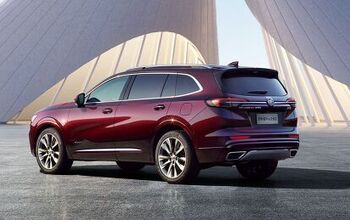
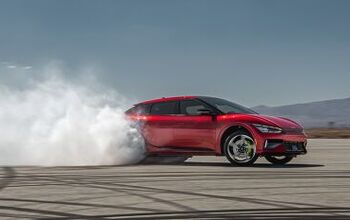

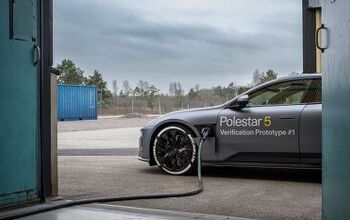
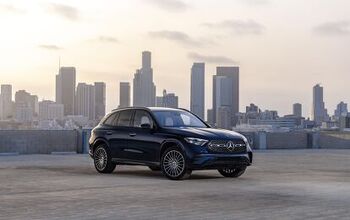
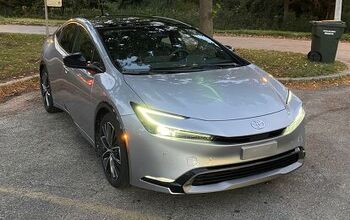

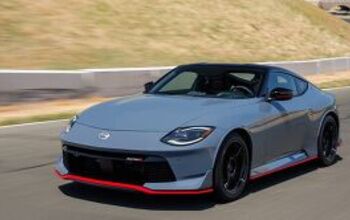
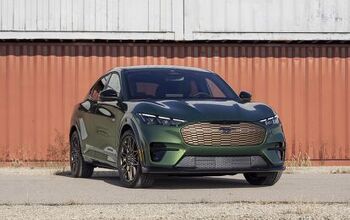
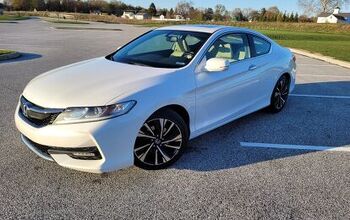
Comments
Join the conversation
redmondjp: are you positive (no pun intended!) about that particular bus employing ultracapacitors and not batteries as its primary energy-storing media? As mentioned in the article, ultracapacitors have a very low energy vs volume ratio, and would provide even shorter range than a battery. They are used to "top off" batteries, but are not really used as its main storage. The only pure ultracapacitor bus I've seen is in Shanghai. But to avoid the short range issue, at each of the scheduled stops they raise a pantograph that touches a pair of contacts high above the stop. Then while the passengers embark/disembark, the capacitor's charge is topped off and it lasts enough for the one kilometer or so until the next stop.
The speed at which batteries can be recharged is not going to be significantly increased without a decrease in battery life. That is the use for these capacitors that is the point of this article. Maybe a future breakthrough in battery chemistry or construction will make pure EV's mainstream, but I dont see this idea doing it, but maybe it could complement those future batteries.